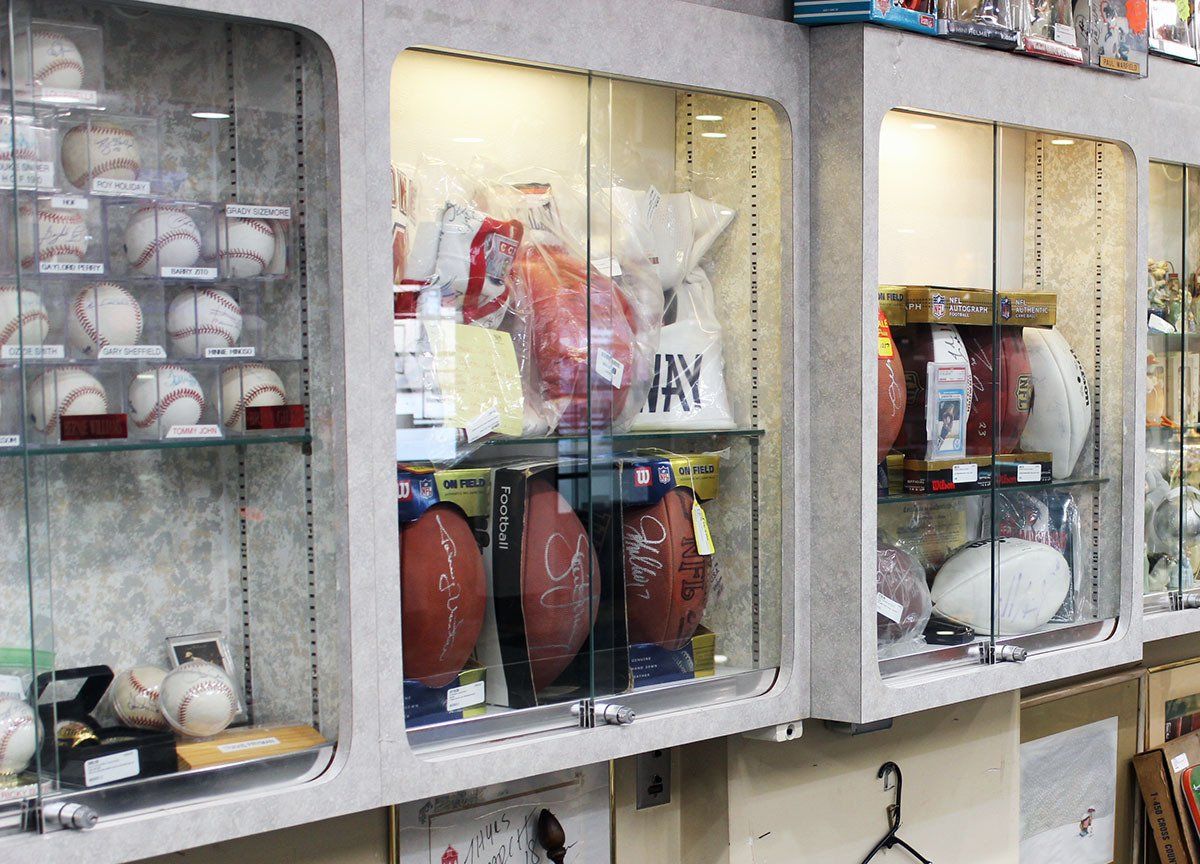Cleveland's Pawn Tips
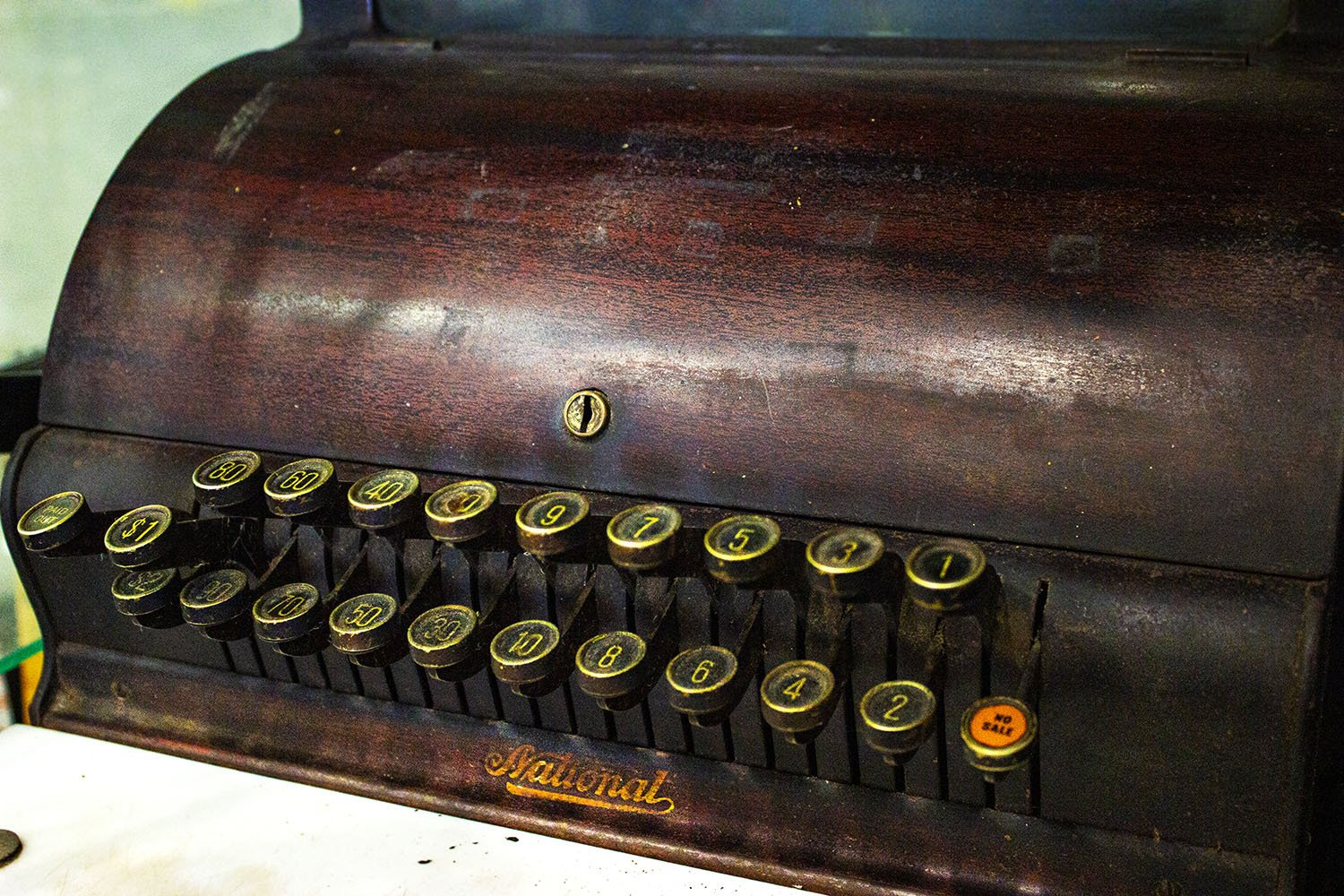
By Amber Wade
•
February 16, 2023
How to Value and Sell Your Antique or Vintage Collectibles How to Value and Sell Your Antique or Vintage Collectibles Selling your antiques and vintage collections doesn't need to be complicated. Here's a quick guide on how to value and sell these items. Keyword(s): Vintage Collectibles Did you know that collecting antiques became popular back in approximately 1900 ? Since then, this has become one of the most popular pastimes across the world. However, not everybody understands the best way to sell their vintage collectibles. When it comes to valuing and selling antiques and vintage collections, there are a few steps you can take to make the process easier. Whether you’re looking to get rid of one or two items, or you’ve got an entire collection that needs appraising, these tips will help you get started. Let's take a closer look. Research Your Items As you might guess, you should first take the time to research your items. Knowing what you have is one of the most important steps in properly valuing and selling antiques and vintage collections. For example, learning about the creator, its age, where it was made, and other details will help you get an accurate appraisal. Additionally, researching comparable pieces can also help you determine a fair market value. Keep in mind that you may not be able to find information on the items you have easily. This is especially true for obscure collectibles, such as limited-edition furniture that not many people know about. As long as you do your due diligence, you’ll be in good shape. Get a Professional Appraisal Consider getting professional appraisals. For more valuable pieces, it’s often worth it to get an expert opinion from a certified appraiser. This will give you the most accurate assessment of your item's true value. When searching for an appraiser, make sure they're trustworthy and have a record of successful appraisals. Ensure that they are the right fit for your specific item as well to achieve an accurate appraisal. Additionally, some museums, universities, and historical societies can provide appraisals, or you can use an online platform to get a valuation. Getting a professional opinion is one of the best ways to avoid problems in the future. Understand Your Obligation to Restore or Preserve Some collectibles need to be preserved or restored prior to being sold. If you're selling a valuable item, make sure you understand any potential obligations you may have in order to maximize value. Additionally, if you do choose to restore the item, take photos and document the process so that potential buyers are aware of what was done. Doing so will allow you to prevent complications in the future. For instance, a potential buyer may be skeptical about making a purchase if you don't disclose the restoration or preservation process. Make Sure You Understand How to Price Pricing your antiques and vintage collection can feel intimidating. However, there are a few things to keep in mind that will help make the process easier. First, take into account its condition and any restoration work. Next, compare similar items from other sellers (or auctions) and use those as a basis for pricing. You should also factor in the potential demand for your item and determine a realistic price that will attract buyers. Find the Right Buyer It's important to find a buyer who will appreciate your item’s quality. Antique stores, auction houses, and private collectors are often the best places to start. However, selling through online platforms like eBay or Craigslist can also be an effective way of finding buyers. It's also worth considering other brick-and-mortar locations, such as pawn shops . These places are ideal for those who are looking to get their cash as fast as possible. Research the Market As you might assume, the market for antiques and vintage collections is always changing. That's why it's important to stay on top of the latest trends. Keeping up with the market will help you determine what kind of items are most in demand, and how much they’re worth. Having a strong understanding of the market will make it much easier to value and sell your antiques, so don't overlook this obligation. Finalize the Sale Once you’ve found a buyer, it's time to make sure that all paperwork is in order. For example, you'll want to provide the buyer with the item's provenance or authentication documents. It’s also important to discuss payment terms and delivery arrangements before finalizing the sale. To clarify, it's helpful to keep all receipts, invoices, and agreements in writing. From here, your transaction will be smooth and secure. What Are Some of the Most Valuable Vintage Collectibles? This is important to keep in mind when considering selling your vintage collectibles. Some of the most valuable items on the market include antique furniture, jewelry, artworks, coins, stamps, and antiques related to history or famous figures. For instance, baseball cards , vintage records, and vintage watches can all be extremely valuable. Other pieces that can have great value include glassware, porcelain figurines, rare books, and coins. Ultimately, the most valuable items will depend on their condition and rarity. With a bit of research and a proper appraisal, these pieces can be worth quite a lot on the secondhand market. Selling Vintage Collectibles Is Easier Than It Seems By following these steps, you can make sure that you are getting the most out of your antiques and vintage collectibles. Doing a bit of research, getting professional appraisals, and finding the right buyers can help ensure that you get the most money from your items. Looking for more information on how we can help? Feel free to get in touch with us today to see what we can do.
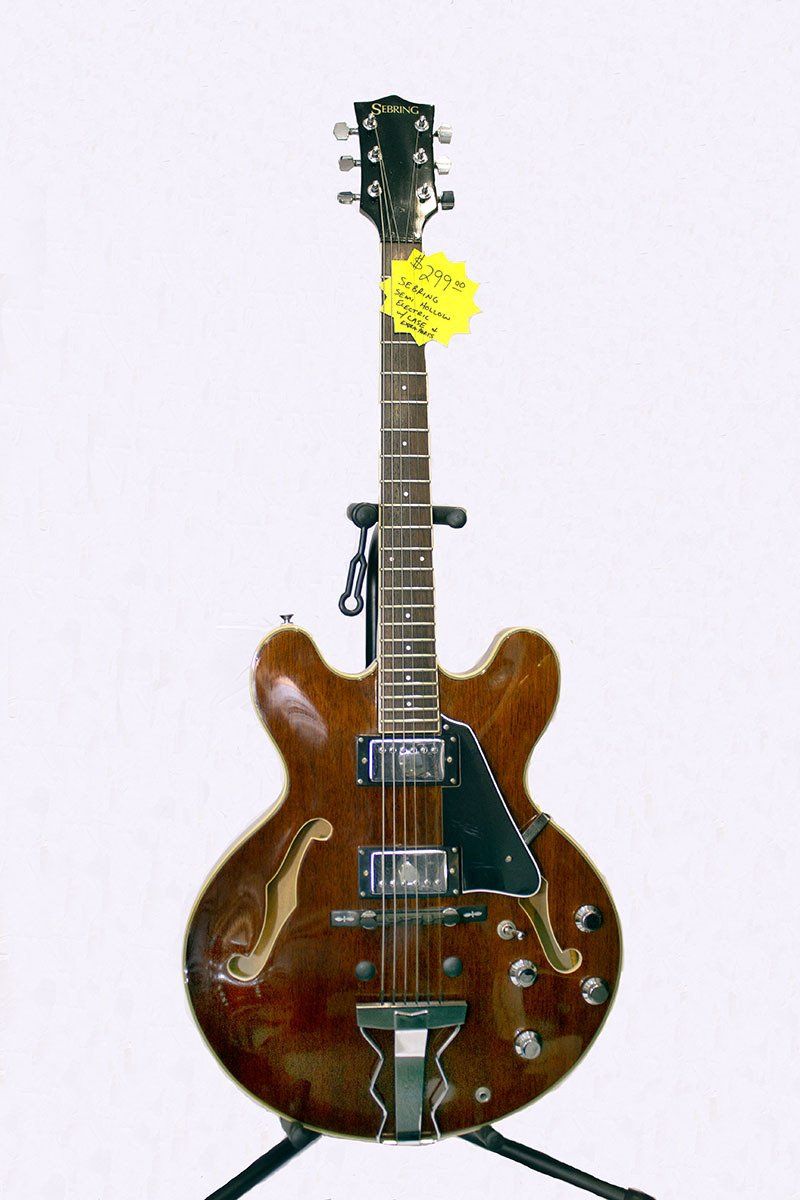
By Amber Wade
•
February 7, 2023
Selling used and vintage instruments can be a great way to clear up some space in your music room and earn some extra money. However, it can be a challenging task to sell them in the right way. In this blog article, we'll explore some tips and strategies for selling used and vintage instruments successfully. Determine the Value of the Instrument Before selling your used or vintage instrument, it's essential to determine its value. Research the make, model, and condition of the instrument, and compare it to similar items being sold online or in music stores. If you're unsure, take the instrument to an appraiser who can give you an idea of its value. Clean and Repair the Instrument Once you know the value of the instrument, give it a thorough cleaning and make any necessary repairs. This will increase the instrument's appeal to potential buyers, and you may be able to sell it for a higher price. If you're not comfortable doing the repairs yourself, take the instrument to a professional. Take High-Quality Photos When selling an instrument online, high-quality photos are crucial. Take clear, detailed photos of the instrument from various angles, including any unique features or flaws. If possible, take the photos in natural light and avoid using filters or editing software to enhance the images. Write a Detailed Description In addition to the photos, write a detailed description of the instrument, including its history, condition, and any unique features. Be honest about any flaws or repairs that have been made, as buyers will appreciate your transparency. Choose the Right Platform There are several platforms available for selling used and vintage instruments, including online marketplaces such as eBay and Reverb, music stores, and local classifieds. Choose the platform that best fits your needs and where your instrument is likely to attract the most attention. Set a Fair Price Setting a fair price is crucial when selling an instrument. Price it too high, and it may not attract any buyers; price it too low, and you may not get the value you deserve. Use the research you conducted earlier to set a price that is fair and competitive. Be Responsive and Communicative When selling an instrument, be responsive and communicative with potential buyers. Answer any questions they may have and be willing to negotiate the price if necessary. Additionally, be prompt in shipping the instrument and provide a tracking number once it's shipped. In conclusion, selling used and vintage instruments can be a rewarding experience when done right. By determining the value of the instrument, cleaning and repairing it, taking high-quality photos, writing a detailed description, choosing the right platform, setting a fair price, and being responsive and communicative, you can successfully sell your instrument and make some extra cash. If you're looking for a local option to sell your used or vintage instrument, consider bringing it into Uncle Ben's Pawn Shop in Cleveland, Ohio. Our team of experienced professionals can provide a free estimate and offer for your instrument based on its condition and market value. We specialize in buying and selling a wide variety of musical instruments, including guitars, drums, keyboards, and more. At Uncle Ben's Pawn Shop, we pride ourselves on offering fair prices and honest service to our customers. Whether you're looking to sell your instrument or purchase a new one, our knowledgeable staff can assist you every step of the way. We also offer layaway plans and financing options to make it easier for you to purchase the instrument of your dreams. If you're interested in selling your instrument or getting a free estimate, stop by Uncle Ben's Pawn Shop at 12610 Larchmere Blvd, Cleveland, Ohio. You can also contact us at (216) 791-2274 or visit our website at www.unclebenspawnshop.com for more information.
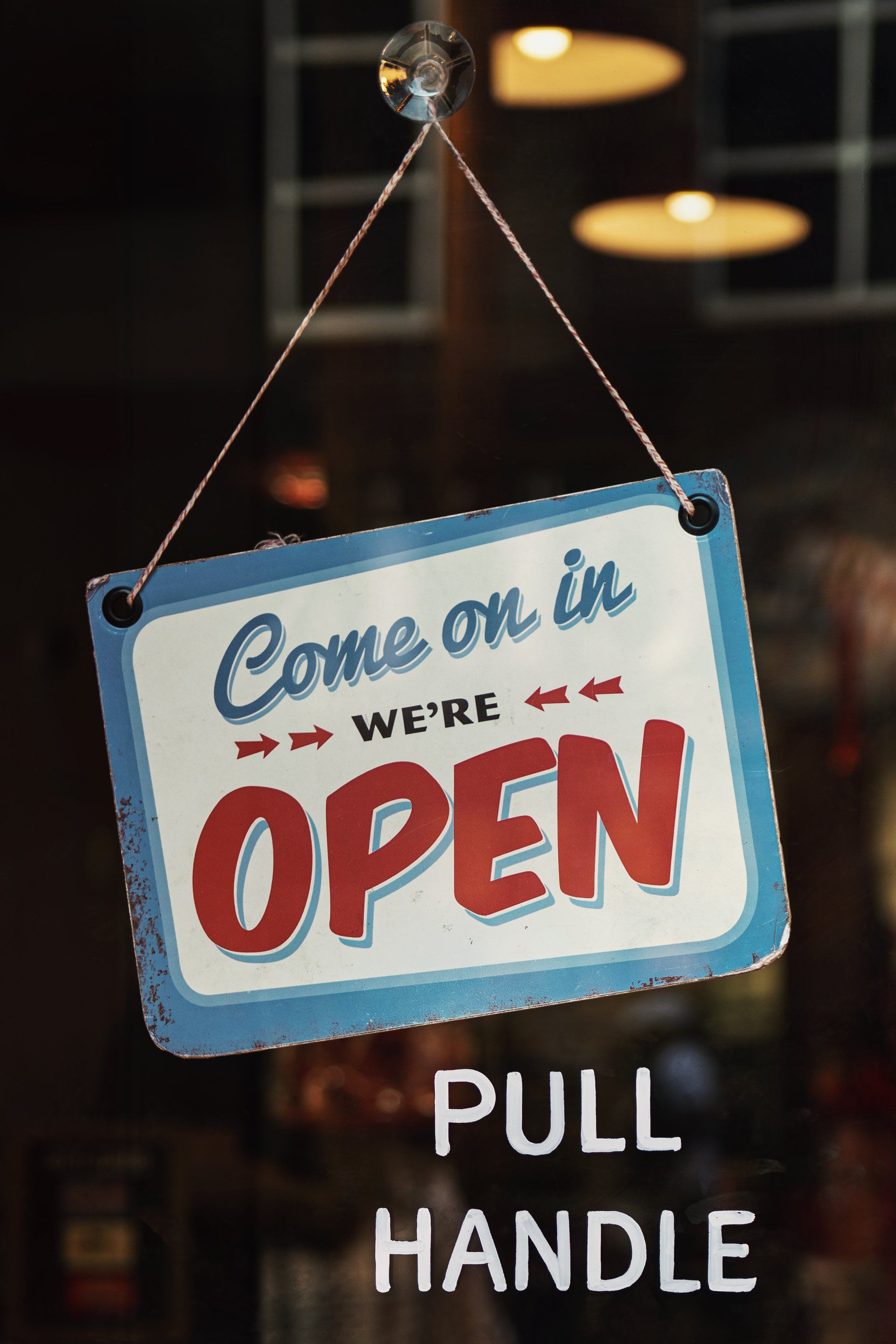
By Amber Wade
•
February 2, 2023
Sometimes life can throw unexpected expenses your way, and you might find yourself in need of quick cash. One option to consider is pawning an item you own. Pawning an item means borrowing money against the value of that item, and you can get the cash you need quickly without having to sell it. Here are some tips on how to pawn an item for quick cash. Determine the Value of the Item Before taking your item to a pawnshop, it's essential to determine its value. Research similar items online or take it to an appraiser to get an idea of its worth. Keep in mind that the pawnshop will offer you less than the item's value, so it's best to have a realistic idea of what to expect. Find a Reputable Pawnshop Find a reputable pawnshop in your area that has been in business for a while. Look for online reviews and ask friends or family for recommendations. It's important to choose a pawnshop that is licensed and regulated by state or local authorities to ensure a fair transaction. Bring Identification and the Item When you go to the pawnshop, bring a government-issued ID and the item you want to pawn. The pawnshop will need to verify your identity and assess the item's value. Negotiate a Fair Price The pawnshop will offer you a price for your item, which is typically less than its market value. Negotiate with the pawnbroker to get the best possible price for your item. Be realistic, and remember that the pawnshop needs to make a profit, too. Read the Contract Carefully Before signing the pawn agreement, make sure you understand the terms and conditions of the loan. The contract should include the amount of the loan, the interest rate, and the due date. Be sure you can repay the loan within the agreed-upon time frame to avoid losing your item. Repay the Loan and Retrieve Your Item Make sure to repay the loan by the due date to avoid losing your item. If you can't repay the loan, contact the pawnshop and ask about renewing the loan or extending the due date. Once you repay the loan, you can retrieve your item. In conclusion, pawning an item can be a quick and easy way to get cash when you need it. By determining the item's value, finding a reputable pawnshop, negotiating a fair price, reading the contract carefully, and repaying the loan on time, you can successfully pawn your item and get the cash you need.

By Amber Wade
•
January 31, 2023
If you're visiting Uncle Ben's Pawn Shop in Cleveland, Ohio, you might be wondering where you can find some of the best places to eat nearby. Luckily, there are many great restaurants and eateries in the area that offer a variety of cuisine. Here are some of Cleveland's best places to eat near Uncle Ben's Pawn Shop. Larchmere Tavern Located just a few blocks from Uncle Ben's Pawn Shop, Larchmere Tavern offers classic American fare in a cozy, neighborhood setting. From burgers and sandwiches to pasta and seafood, there's something for everyone on the menu. Don't miss their Sunday brunch, which features bottomless mimosas and a variety of breakfast dishes. Felice Urban Cafe Felice Urban Cafe, located on Larchmere Boulevard, offers farm-to-table cuisine in a casual atmosphere. The menu features a variety of dishes made with locally sourced ingredients, including salads, sandwiches, and entrees like roasted chicken and pork tenderloin. Don't forget to try one of their signature cocktails or craft beers. Geraci's Restaurant Geraci's Restaurant, a Cleveland institution since 1956, is famous for its pizza and Italian dishes. Located just a short drive from Uncle Ben's Pawn Shop, this family-owned restaurant offers a cozy atmosphere and friendly service. Try one of their specialty pizzas or classic Italian dishes like chicken parmesan or lasagna. The Flying Fig Located in the historic Ohio City neighborhood, The Flying Fig offers creative, seasonal cuisine in a stylish setting. The menu features a variety of dishes made with local and sustainable ingredients, including seafood, vegetarian options, and house-made pastas. Don't miss their weekend brunch, which features a variety of sweet and savory dishes. Mitchell's Ice Cream No meal is complete without dessert, and Mitchell's Ice Cream, located just a few blocks from Uncle Ben's Pawn Shop, is a Cleveland favorite. This locally owned ice cream shop offers a variety of flavors made with local ingredients, including classic flavors like vanilla and chocolate, and unique flavors like blueberry lavender and honey roasted peanut butter. In conclusion, Cleveland offers a variety of great dining options near Uncle Ben's Pawn Shop, from classic American fare to Italian cuisine and ice cream. Whether you're looking for a quick bite or a sit-down meal, there's something for everyone in the area.
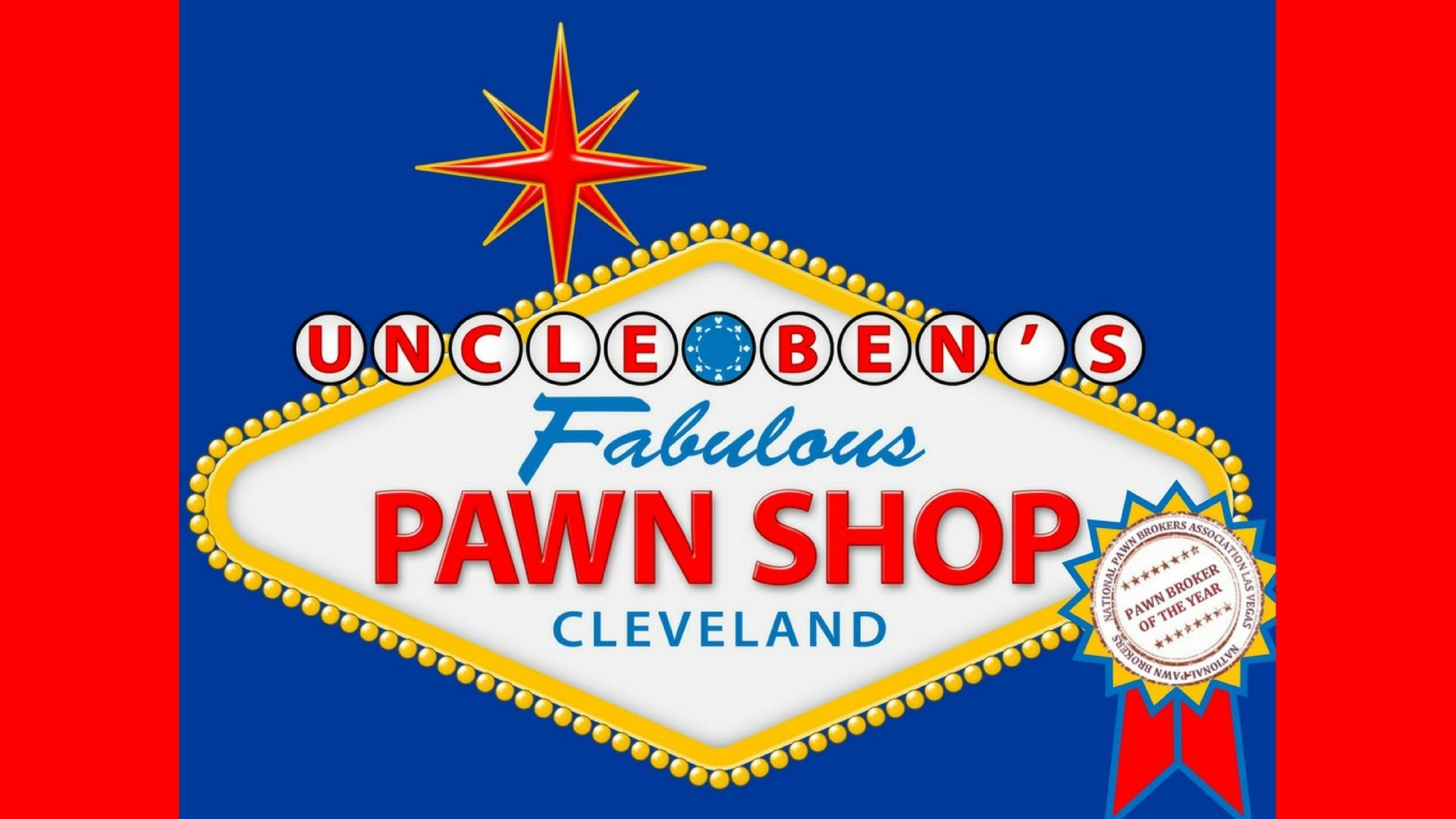
By Amber Wade
•
December 31, 2022
Pawn shops are an excellent option for buying and selling items, as well as securing loans. Cleveland, Ohio, has several reputable pawn shops that provide excellent services to their customers. In this blog post, we will rank the best pawn shops in Cleveland, including Uncle Ben's Pawn Shop. Uncle Ben's Pawn Shop Uncle Ben's Pawn Shop has been serving the Cleveland community for over 40 years. The shop specializes in buying and selling musical instruments, jewelry, and electronics. They also offer loan services and layaway plans to their customers. The staff is knowledgeable and friendly, and they provide fair prices and excellent service. City Pawn Shop City Pawn Shop is a family-owned pawn shop that has been in business for over 30 years. The shop specializes in jewelry, watches, and coins, but they also buy and sell electronics and other items. They offer loans and layaway plans to their customers, and the staff is knowledgeable and helpful. Cleveland Jewelry & Loan Cleveland Jewelry & Loan has been serving the Cleveland community for over 25 years. The shop specializes in jewelry, watches, and gold buying, but they also buy and sell other items, including electronics and musical instruments. They offer loans and layaway plans to their customers, and the staff is friendly and knowledgeable. EZ Pawn Corp EZ Pawn Corp has several locations throughout Cleveland, and they buy and sell a variety of items, including jewelry, electronics, and musical instruments. They offer loans and layaway plans to their customers, and the staff is helpful and friendly. Instant Cash and Gold Instant Cash and Gold has several locations throughout Cleveland, and they specialize in buying and selling gold, silver, and other precious metals. They also buy and sell electronics, musical instruments, and other items. They offer loans and layaway plans to their customers, and the staff is knowledgeable and helpful. In conclusion, Cleveland has several reputable pawn shops that provide excellent services to their customers. Uncle Ben's Pawn Shop, City Pawn Shop, Cleveland Jewelry & Loan, EZ Pawn Corp, and Instant Cash and Gold are among the best pawn shops in Cleveland. Whether you're looking to buy, sell, or secure a loan, these pawn shops provide fair prices and excellent service to their customers.
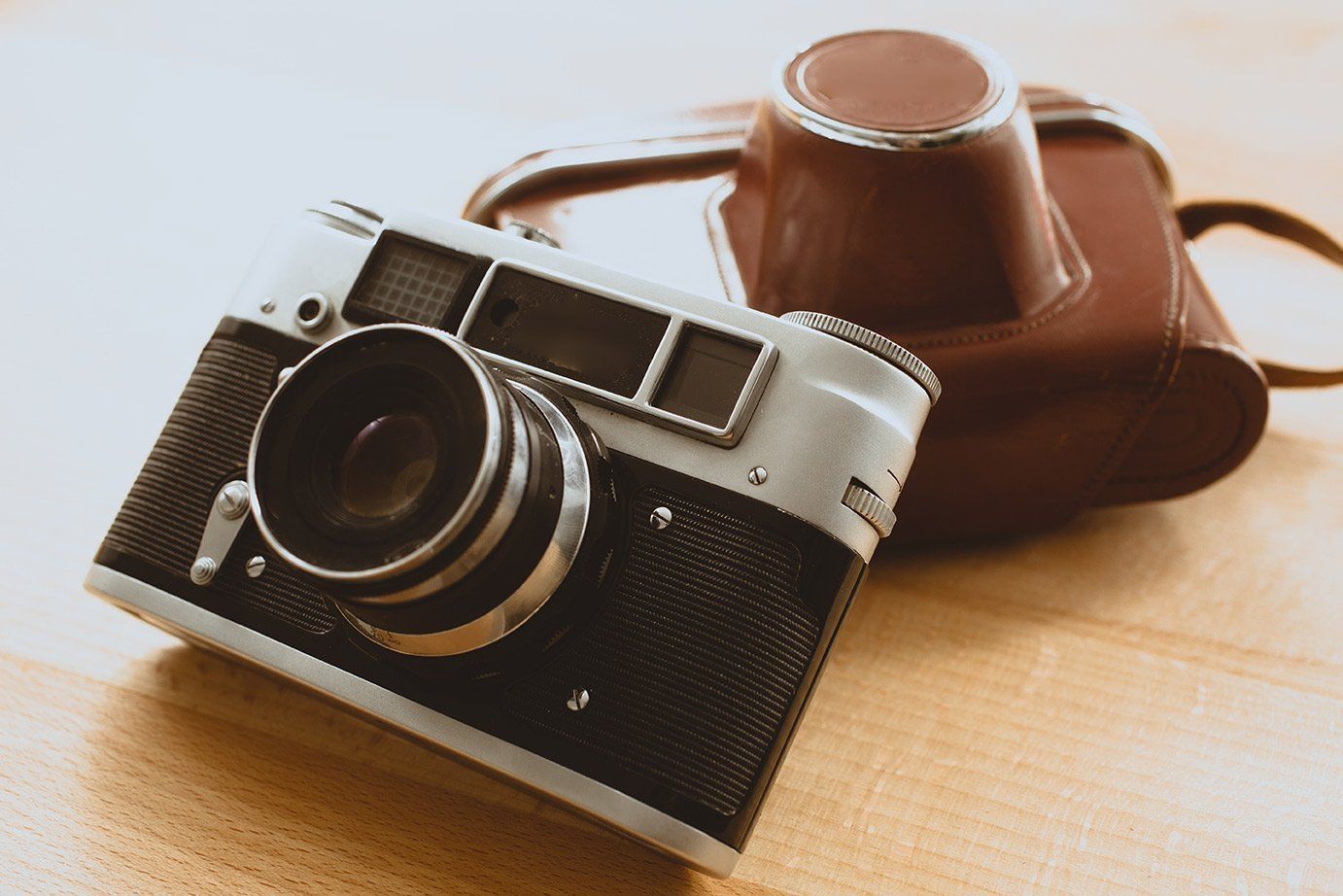
By Amber Wade
•
December 3, 2022
How to Value and Sell Your Antique or Vintage Collectibles How to Value and Sell Your Antique or Vintage Collectibles Selling your antiques and vintage collections doesn't need to be complicated. Here's a quick guide on how to value and sell these items. Keyword(s): Vintage Collectibles Did you know that collecting antiques became popular back in [...]
The post How to Value and Sell Your Antique or Vintage Collectibles appeared first on Uncle Ben's Pawn Shop.
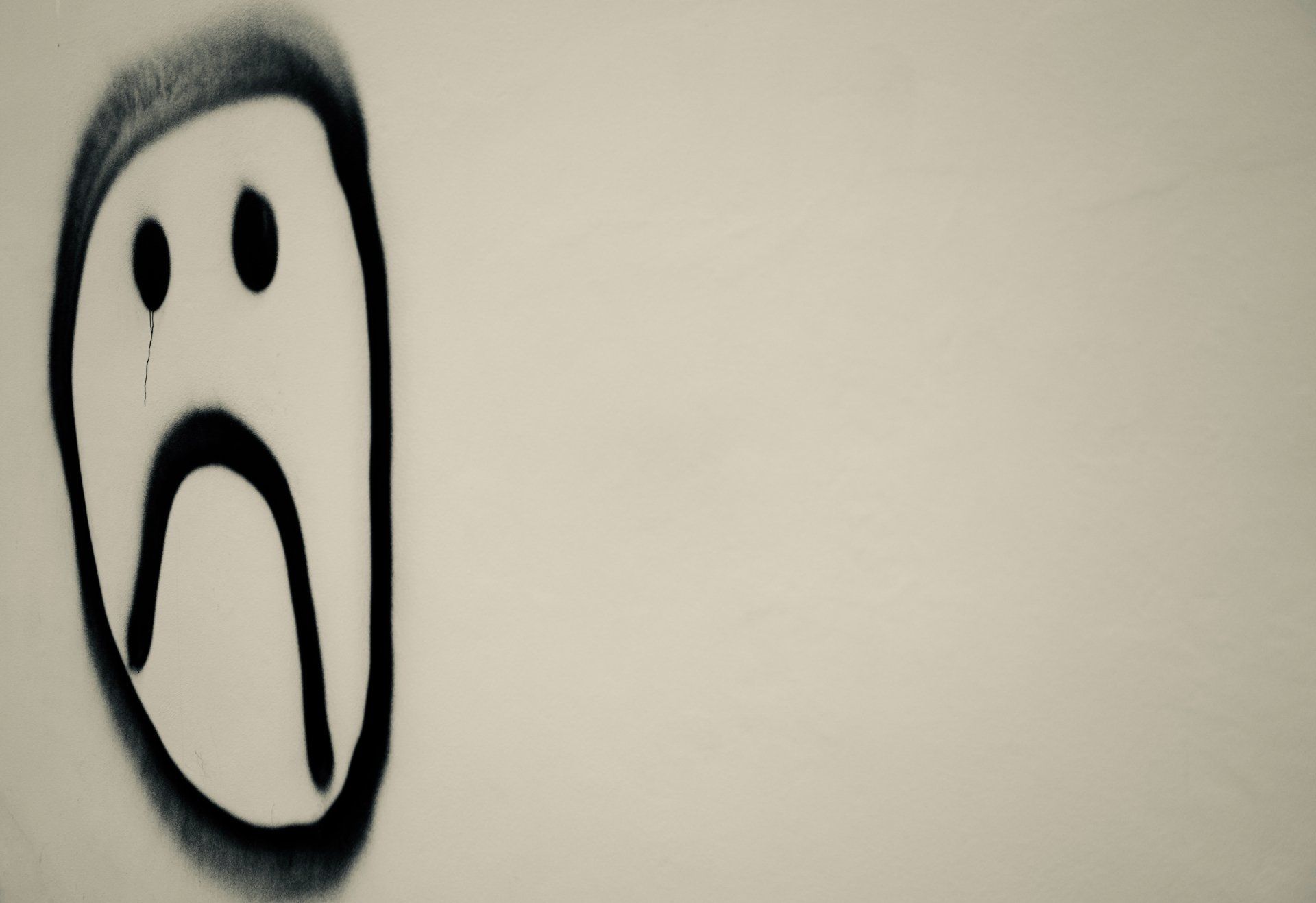
By Amber Wade
•
November 24, 2021
Reviews You can find an online review on just about any product or service. They have become a part of the decision making process. According to the Pew Research Center, 82 percent of Americans admit they sometimes or always read online reviews. They do this before deciding to make the purchase. Reason being, people believe [...]
The post Why You Can’t Always Trust Negative Reviews appeared first on Uncle Ben's Pawn Shop.
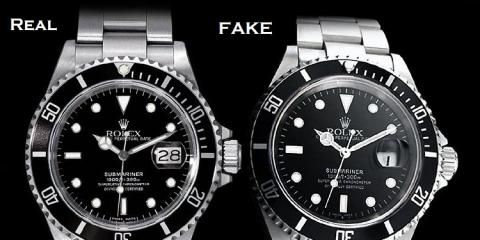
By Emilee
•
September 30, 2021
I didn’t know my Rolex was Fake. She was 31 and looking to get a loan on her new car when she came into the store. We will call her Sam. Sam came into the shop with what looked like a “Date Just” model Rolex, one of my personal favorites. The Rolex felt real, the [...]
The post I Didn’t Know My Rolex Was Fake appeared first on Uncle Ben's Pawn Shop.

By Emilee
•
April 2, 2018
4 Good Reasons to Get a Loan from a Pawn Shop What are 4 reasons you may need a pawn loan? Life comes at you sometimes quicker than you can anticipate! Such things like bills being a constant burden, and/or random emergencies can be a real hassle. Let’s look into reasons you may need a [...]
The post 4 Reasons YOU May Need a Pawn Loan appeared first on Uncle Ben's Pawn Shop.
ADDRESS
2600 St Clair Ave NE, Cleveland, Ohio 44114
216-325-5626
info@unclebenspawnshop.com

OPENING HOURS
- Mon - Fri
- -
- Saturday
- -
- Sunday
- Closed
